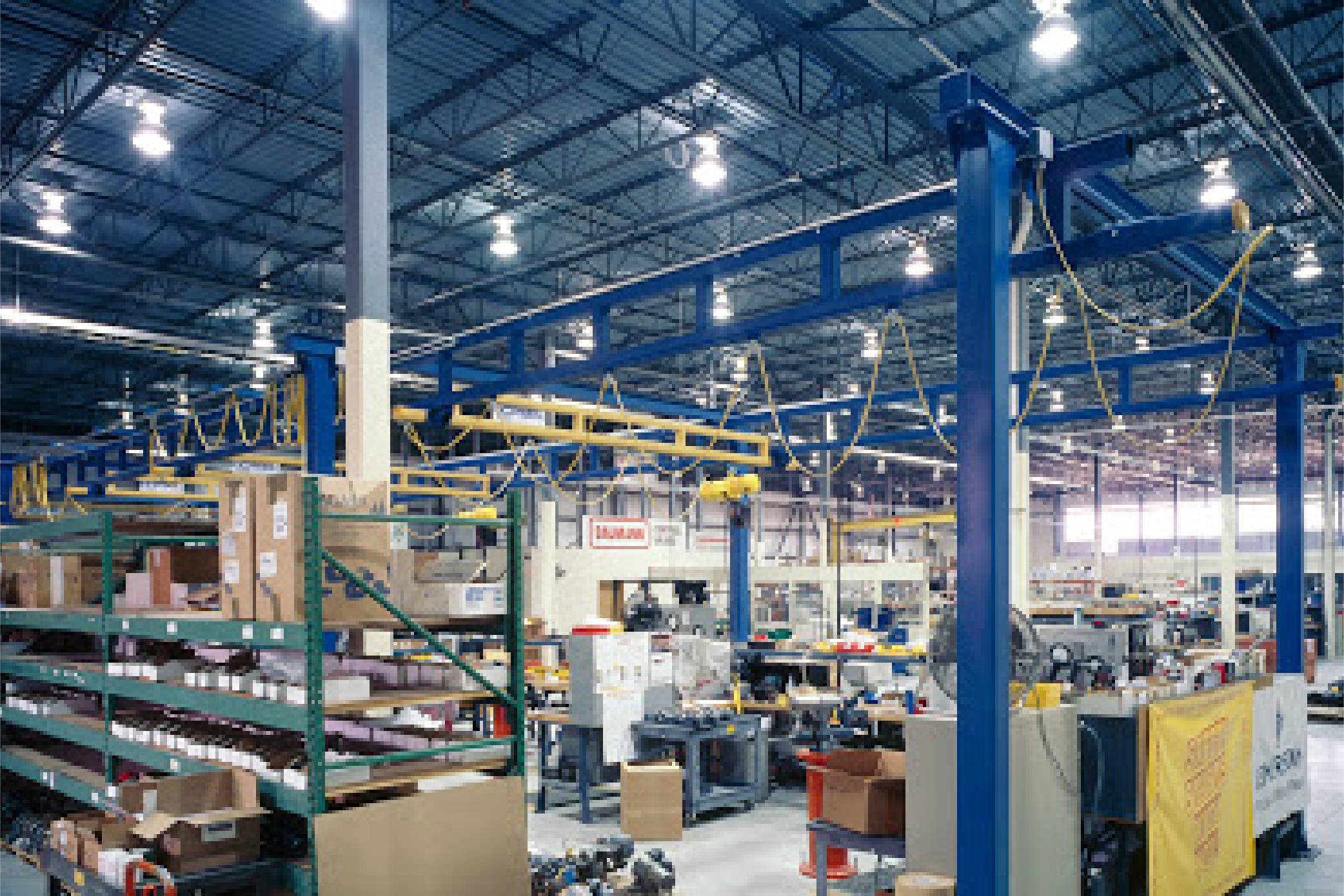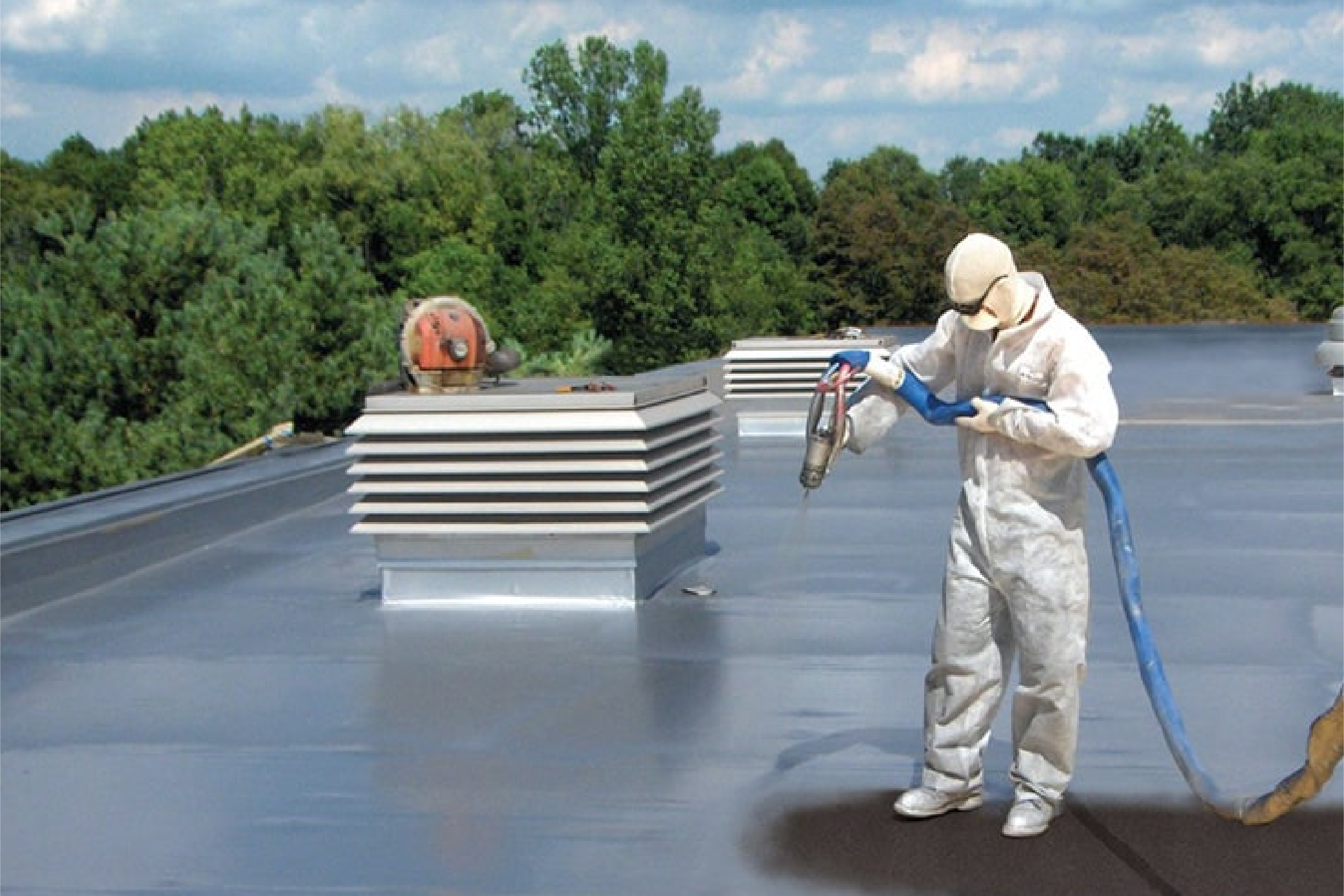The development of new building materials could open up the future of global construction industry. Below are five interesting building materials that may be used in construction in the future.
Graphene
Graphene is actually not a new material; in fact, it has been already used in construction. It is theoretically an excellent material as it is very light, yet harder than steel and carbon fiber. . It is likely to be combined with traditional materials to create stronger and more impressive structures in the future.
However, producing graphene is still so difficult that builders have had few opportunities to use the material in projects. Until now, the US Oak Ridge National Laboratory has only developed a new method to produce Graphene by using chemical vapor deposition technique.
“This discovery greatly expands the potential applications and market for graphene,” said Ivan Vlassiouk, Team Leader of the project. The next step of the project is to lower production costs and expand the applicability of this material for widespread use.
Carbon balsa fiber
Balsa wood is known to be an extremely light but very strong material. However, it is difficult to produce such material and therefore the production cost is high. However, a research team at Harvard University has created a composite material (composite material made of two or more different materials) with unprecedented light weight, yet still very hard.
The final result is a product capable of completely replacing balsa woods. Not only is it cheaper, but it also eliminates the problems that conventional wood structure have with irregular grains, which makes it difficult to use wood in precise structures.
Green Concrete
Developing new building materials is to not only makes them stronger or lighter, but also makes them more environmentally friendly. A research team from the University of Teknologi MARA in Malaysia was able to create a building material that achieves such criteria, which they call “Green Concrete”.
They use conventional aggregates for concrete mixed with suitable waste and recycled materials to create a material that is environmentally friendly but still has the same quality as regular concrete. Some of the materials used in the process include fly ash, recycled concrete aggregates and fibrous aluminum.
Synthetic cobweb
COBWEB is one of the most impressive materials for its extremely high durability. Researchers have long wanted to create a synthetic version of spider silk, but how to create such material with similar properties has remained a mystery so far.
A team at the Massachusetts Institute of Technology used 3D printing to create fake spider’s web to learn more about its structure, believing this is the next step towards a synthetic version.
Improved wood
Research from the Universities of Warwick and Cambridge has made new discoveries about the molecular structure of wood, which could help material manufacturers create an improved version of wood, one of the most popular building materials in the world.
Professor Paul Dupree of the University of Cambridge said that the important advance in learning about the molecular architecture of plant cell walls will influence the construction of factories for renewable raw materials, energy, and construction works.
Source: Tạp chí xây dựng




